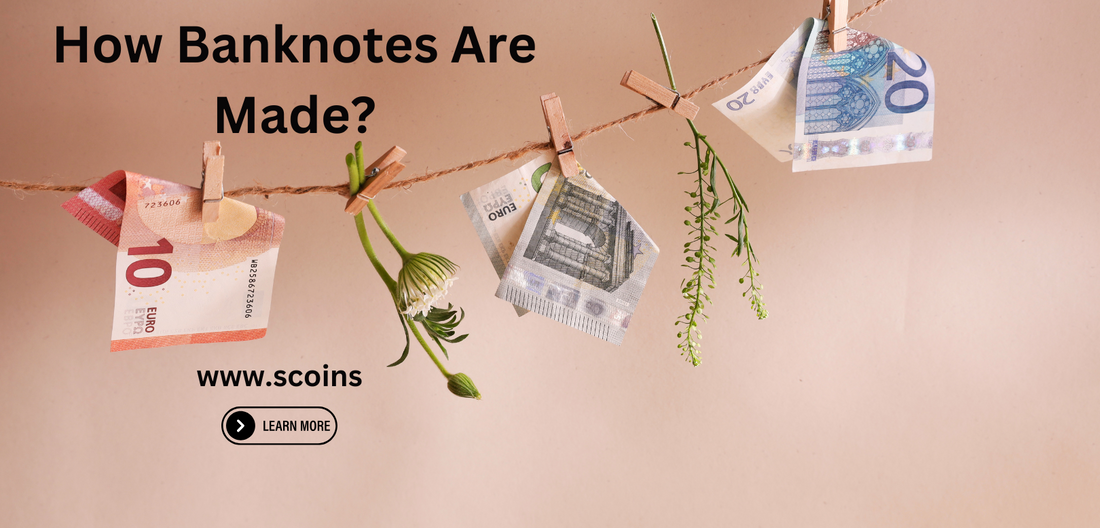
How Banknotes Are Made?
Banknotes are more than just pieces of paper—they are highly sophisticated financial instruments designed to be secure, durable, and difficult to counterfeit. The process of making banknotes involves several intricate steps, combining advanced technology with artistic craftsmanship. In this blog, we will explore how banknotes are made, from raw materials to the final currency in your hands.
Step 1: Selection of Unique Paper and Ink
Unlike everyday paper, banknotes are printed on high-quality materials that make them long lasting and resistant to wear and tear. Most international locations use a special combination of cotton and linen, or polymer, to create their banknotes. The ink used in printing is likewise unique, offering anti-counterfeiting properties which include shade-shifting and UV-touchy elements.
Step 2: Designing the Banknote
Designing a banknote is a meticulous system concerning protection specialists and artists. The layout includes:
- Snap shots of national figures or symbols.
- Watermarks, holograms, and security threads.
- Microprinting and complex patterns.
- Serial numbers for authenticity.
Step 3: Printing Techniques Utilized in Banknotes
Contemporary banknotes go through numerous advanced printing methods, which includes:
- Intaglio Printing – Adds raised textures, making it tough to duplicate.
- Offset Printing – Used for background designs and great details.
- Letterpress Printing – Prints serial numbers and different specific identifiers.
- Screen Printing – Regularly used for color-converting ink programs.
Step 4: Protection Capabilities in Banknotes
To save you counterfeiting, banknotes include multiple security functions which includes:
- Watermarks – visible whilst held towards mild.
- Holograms – Reflective 3-d pictures that shift with motion.
- Color-Shifting Ink – Adjustments color relying on the attitude.
- Microprinting – Tiny text visible best beneath magnification.
- UV and Infrared features – Invisible markings that seem beneath special light.
Step 5: Cutting and Nice Manipulate
As soon as the banknotes are published, they may be reduce into person pieces. Rigorous pleasant manipulate ensures that every word meets the specified requirements. Faulty banknotes are removed earlier than the very last batch is sent for distribution.
Step 6: Distribution and Circulation
After approval, the brand new banknotes are dispensed through crucial banks and monetary establishments. They enter stream and are used for every day transactions, regularly changing antique and broken notes.
The Destiny of Banknote Manufacturing
With technological improvements, new security features and eco-friendly materials are being introduced in banknote manufacturing. Many countries are adopting polymer banknotes, which are more durable and environmentally friendly than conventional paper notes.
Conclusion
The system of creating banknotes is an super blend of era, security, and layout. Subsequent time you keep a banknote, take a more in-depth study the problematic info and recognize the craftsmanship in the back of it.
For collectors and enthusiasts, exploring antique and rare banknotes is a fascinating journey. If you're looking to buy or sell collectible banknotes, go to https://scoins.in/ to discover unique currency notes from around the world!
